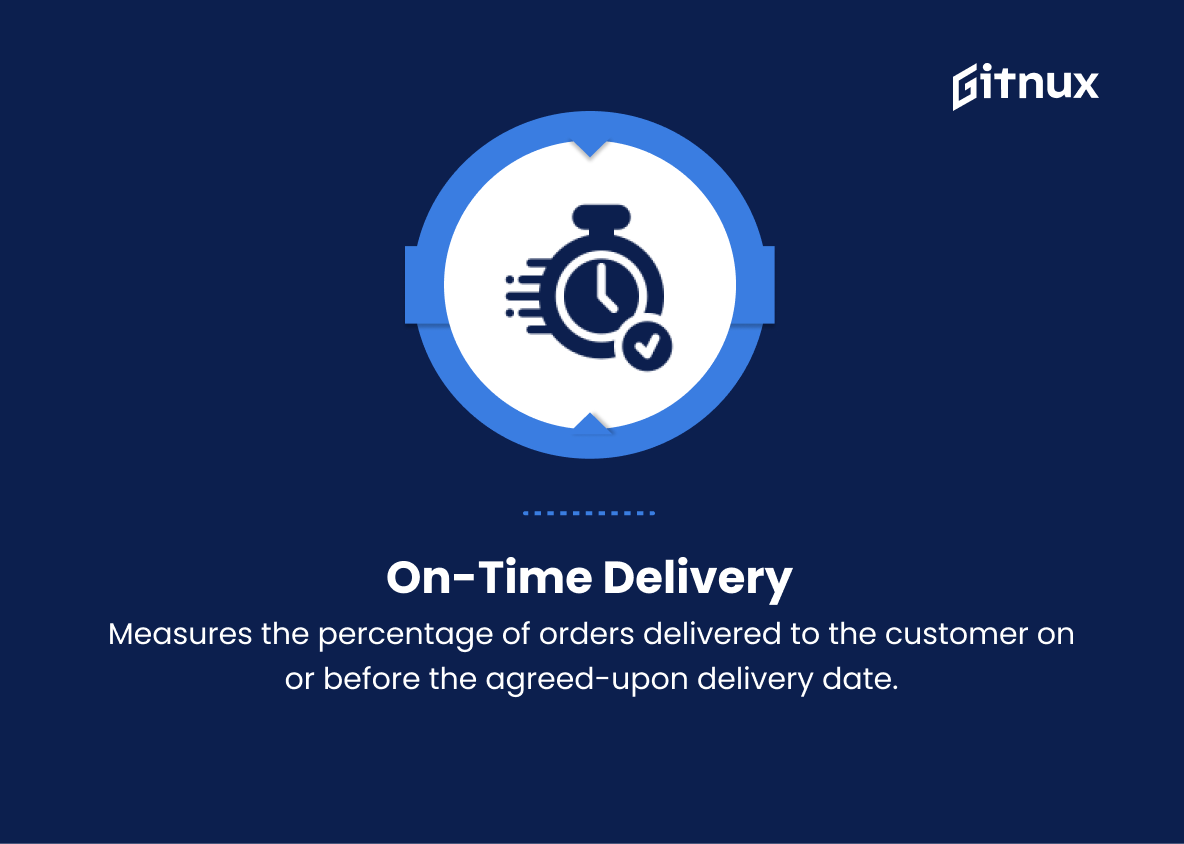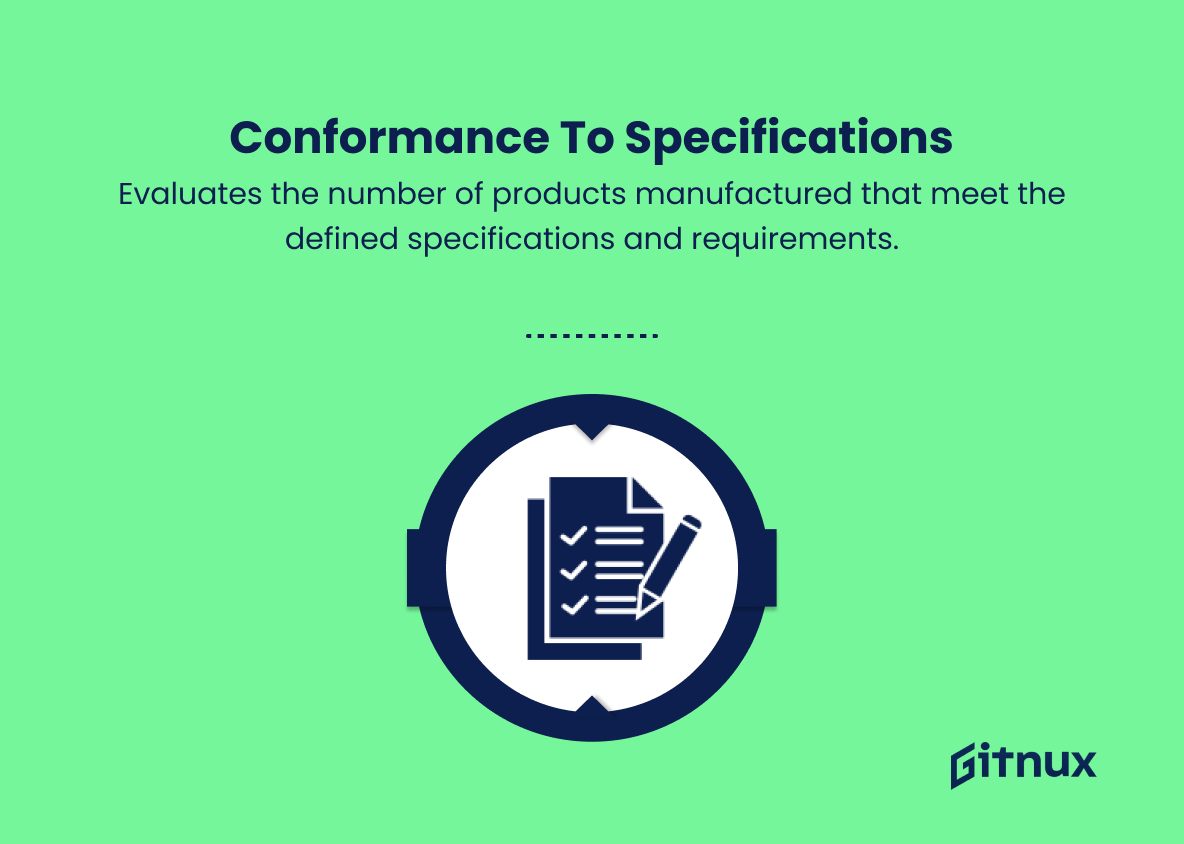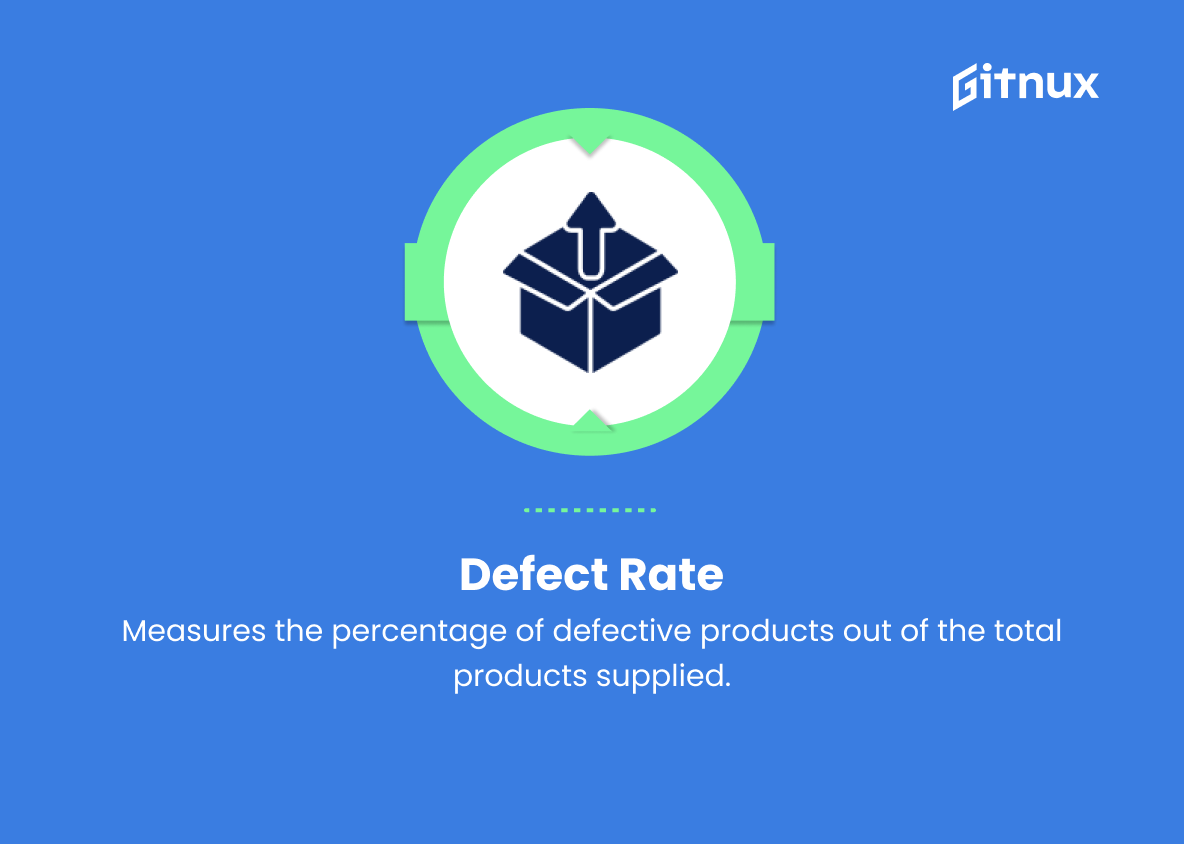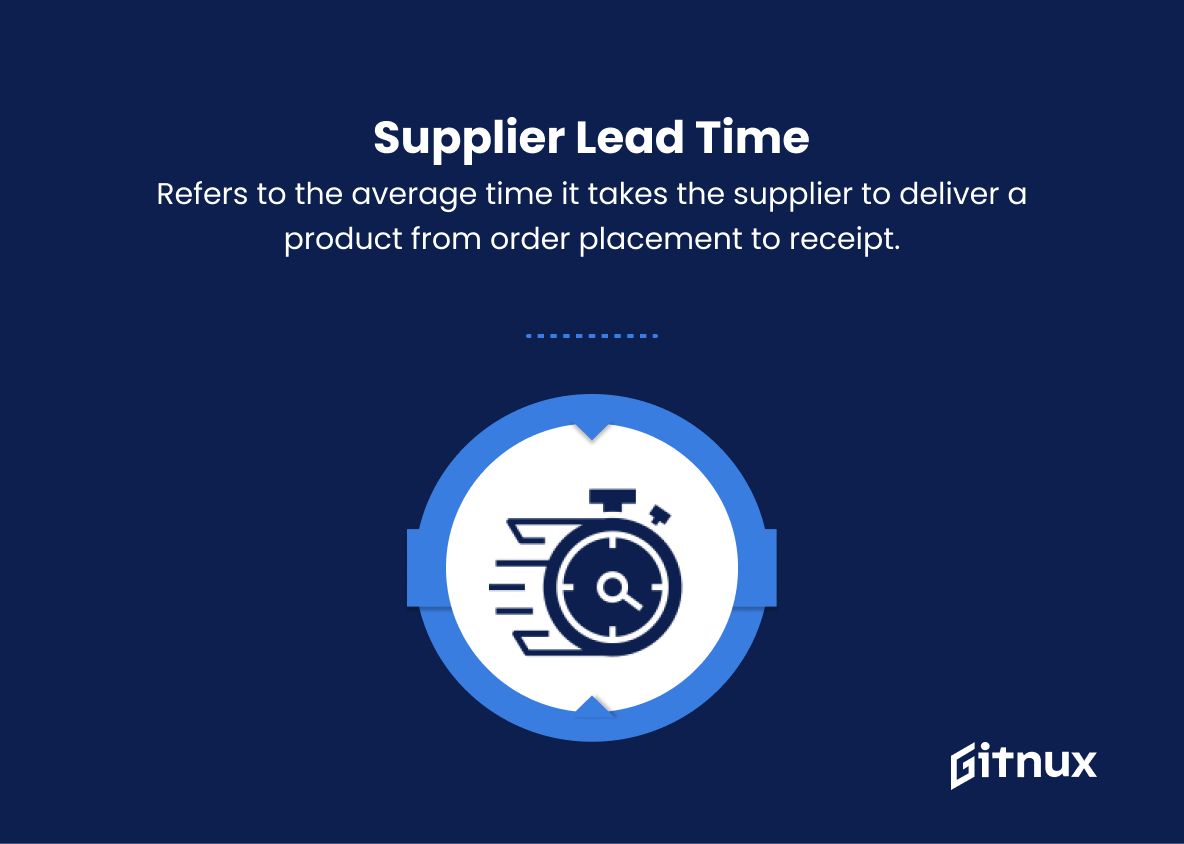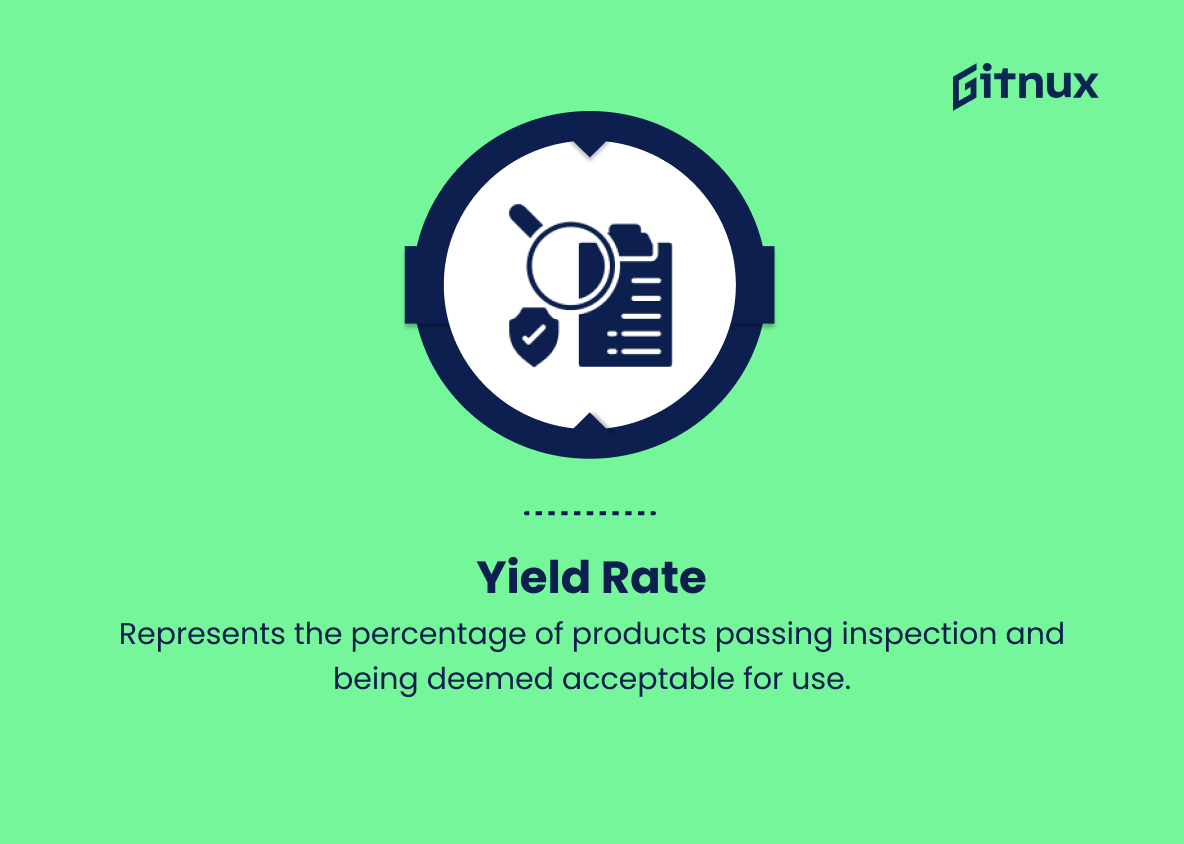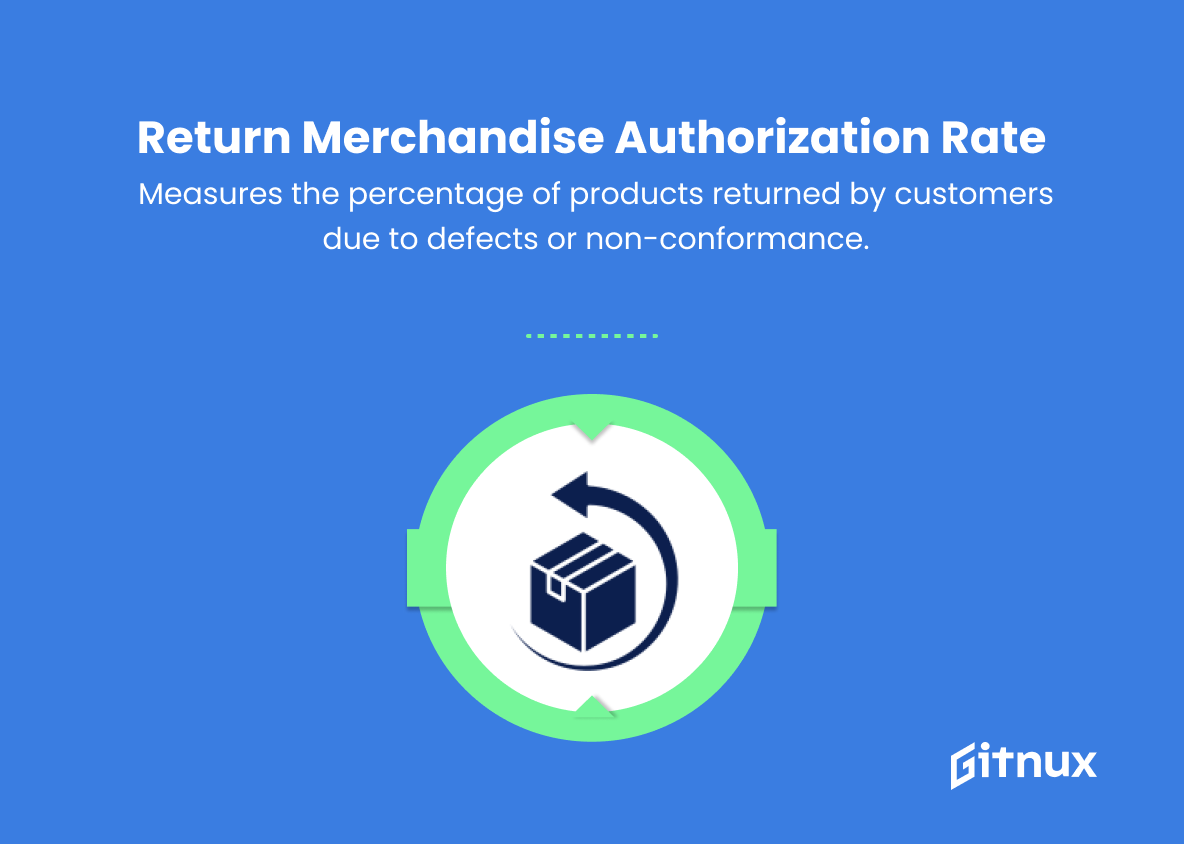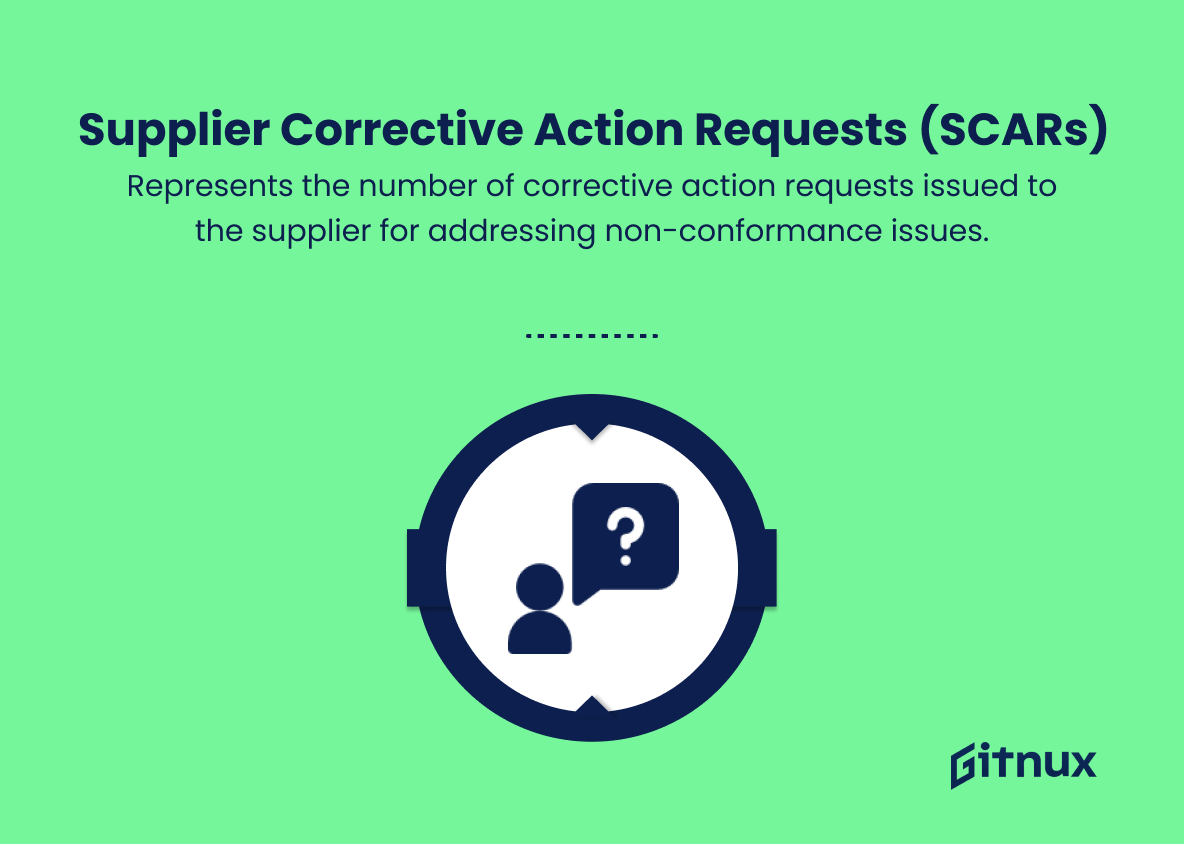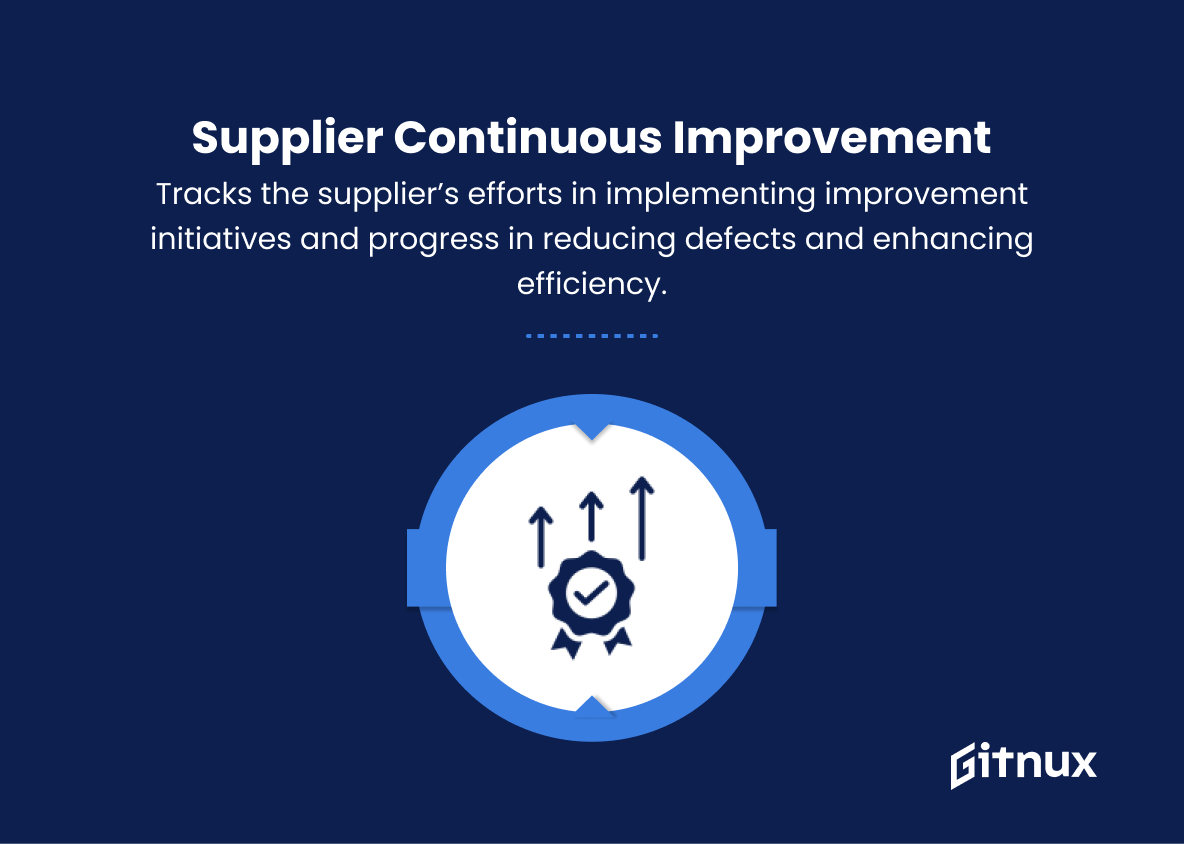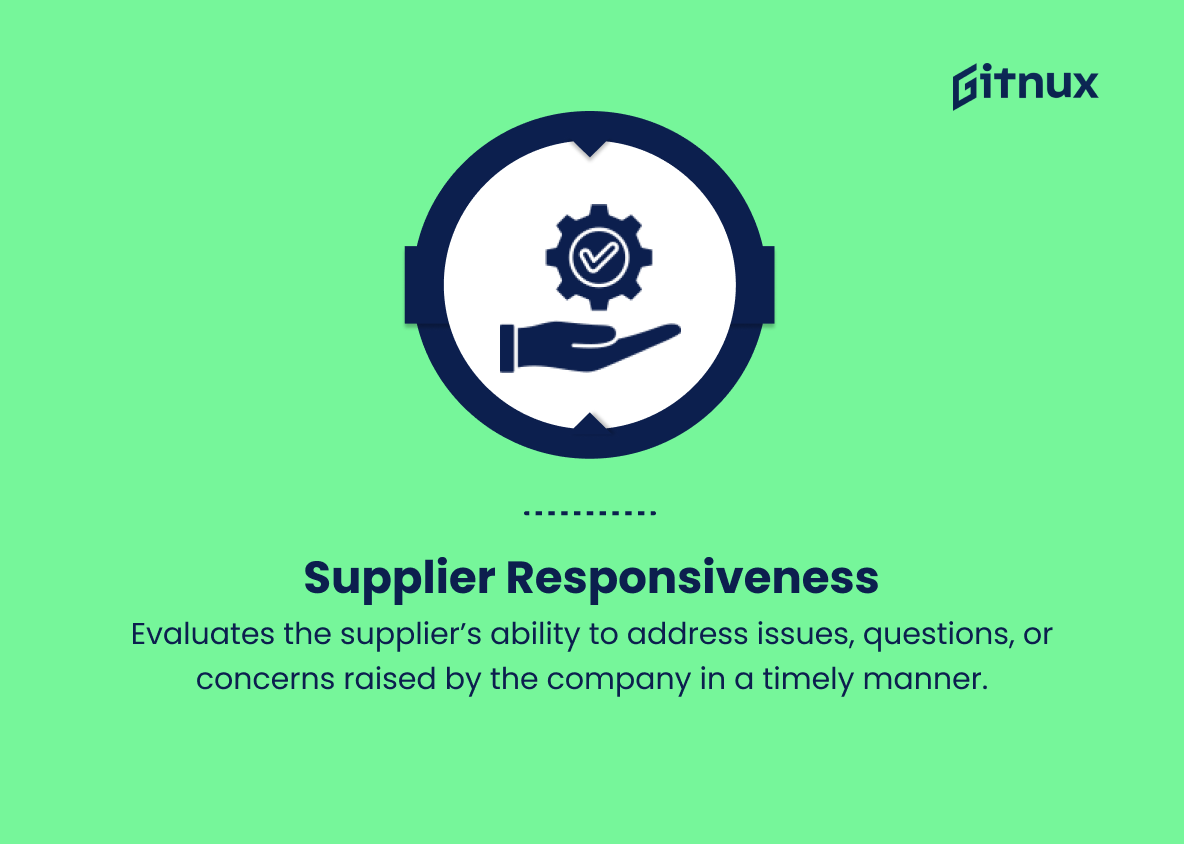In today’s competitive global market, excellent supplier quality performance is crucial for maintaining a sustainable and successful supply chain. Companies understand the significance of evaluating and monitoring their suppliers closely to ensure that they deliver products and services that meet or surpass their expectations. As a result, Supplier Quality Performance Metrics (SQPM) have become an integral aspect of effective supply chain management.
In this blog post, we will dive deep into the world of SQPM, exploring its importance, various key metrics used in the industry, and best practices for choosing and implementing these metrics to drive improvement and maintain a reliable supply chain.
Supplier Quality Performance Metrics You Should Know
1. On-time Delivery
Measures the percentage of orders delivered to the customer on or before the agreed-upon delivery date. A higher percentage indicates better performance and reliability.
2. Conformance to Specifications
Evaluates the number of products manufactured that meet the defined specifications and requirements. Higher conformance implies better supplier quality.
3. Defect Rate
Measures the percentage of defective products out of the total products supplied. Lower defect rates indicate better supplier quality performance.
4. Supplier Lead Time
Refers to the average time it takes the supplier to deliver a product from order placement to receipt. Shorter lead times indicate better efficiency and responsiveness.
5. Yield Rate
Represents the percentage of products passing inspection and being deemed acceptable for use. A higher yield rate indicates a higher quality of products being supplied.
6. Return Merchandise Authorization (RMA) Rate
Measures the percentage of products returned by customers due to defects or non-conformance. Lower RMA rates show better supplier quality performance.
7. Cost of Poor Quality (COPQ)
Evaluates the costs incurred by a company due to poor supplier quality, including rework, warranty claims, and product returns. Lower COPQ indicates better supplier performance.
8. Supplier Corrective Action Requests (SCARs)
Represents the number of corrective action requests issued to the supplier for addressing non-conformance issues. Fewer SCARs indicate a better quality management process.
9. First-pass Yield (FPY)
Measures the percentage of products that pass inspection without any rework. A higher FPY signifies better supplier quality performance.
10. Supplier Continuous Improvement
Tracks the supplier’s efforts in implementing improvement initiatives and progress in reducing defects and enhancing efficiency. Improved metrics over time demonstrate a commitment to ongoing growth.
11. Supplier Responsiveness
Evaluates the supplier’s ability to address issues, questions, or concerns raised by the company in a timely manner. Faster response times indicate a stronger partnership and better supplier performance.
12. Supplier Risk Assessment
Assesses the supplier’s overall financial, operational, and regulatory risks on a regular basis. Lower risk ratings indicate that the supplier is reliable and stable for long-term partnerships.
Supplier Quality Performance Metrics Explained
Supplier Quality Performance Metrics matter because they help companies evaluate and monitor the performance of their suppliers, ensuring products and services meet defined quality standards while maintaining efficiency and effectiveness. On-time delivery, conformance to specifications, defect rate, supplier lead time, yield rate, return merchandise authorization rate, cost of poor quality, supplier corrective action requests, first-pass yield, supplier continuous improvement, supplier responsiveness, and supplier risk assessment all contribute to a comprehensive picture of supplier quality performance.
These metrics are instrumental in identifying areas for improvement, addressing potential risks, fostering stronger supplier relationships, and ultimately delivering better products to customers. By consistently monitoring and improving supplier performance, companies can increase efficiency, reduce costs, and enhance customer satisfaction.
Conclusion
In summary, effectively measuring supplier quality performance metrics is crucial in today’s global business landscape. By carefully analyzing and monitoring these metrics, organizations can identify areas of improvement, mitigate risks, reduce costs, and make informed decisions regarding their suppliers.
Implementing a comprehensive performance evaluation system will help organizations to maintain a reliable and high-quality supply chain.Foster strong relationships with suppliers and continuously work together towards process improvements and long-term sustainability. This investment in time and resources will undoubtedly pay off in increased customer satisfaction, brand reputation, and overall business success.
